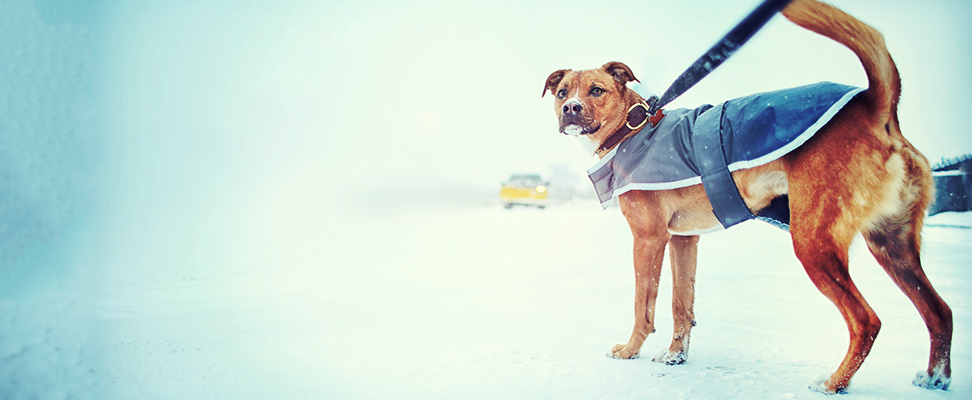The
Raw Blog
Helping your dog deal with dropping temperatures
We humans are lucky: We have an array of ultra-high-tech winter gear that helps us get through the winter cold. While we’re piling on the socks, thermals, gloves and gaiters, we sometimes assume that because our dogs have fur, they can handle whatever Father Frost throws at him. But cold tolerance, like so many things, varies from breed to breed, and can even be dependent on what your dog’s used to.
While a Bernese mountain dog might revel in the opportunity to frolic in the snow, a whippet won’t want to linger outside in the cold any longer than he needs to. A dog’s sensitivity to cold can lead to behavioral problems, too. If your pet feels too uncomfortable to spend the time needed to potty outside, he might opt to do it inside.
Ensuring that your dog is comfortable, both for his own sake and yours, should be a top priority. Here are a few ideas to make the coldest months of the year more enjoyable for everyone:
Outerwear:
Don’t let the naysayers tease you about having a coat and booties for your dog! Keeping him warm and happy, rather than stylish, is the name of the game with winter gear for dogs. All kinds of coat options are available, from water-shedding materials to thick, cozy fleece, or even combinations of both. Pick what matches your lifestyle. If your dog’s coat just going to be used for quick potty outings, there’s less need to worry about water-repellency. If you go for long walks or hikes, you might want something a little more durable. Booties are another essential, and they’ll help to protect your dog’s pads, which can crack and peel painfully with exposure to cold conditions or salt.
Around the house:
Make his bed a little more enticing by adding an extra blanket. If certain rooms in your house have cold floors, put an extra bed down so that your pup can be with you, without having to get cold from lying on the floor. Some heat-loving breeds might even appreciate curling up next to a hot water bottle filled with hot water. “Jammies” for dogs can also make a real difference in comfort during the coldest days.
Adjust your behavior:
You might like extra-long walks or runs all year long, but if your dog is cold-sensitive, don’t make him do something that could cause him discomfort. Go for a short walk with him, then venture out longer on your own instead. If you have a yard, be sure to watch your dog carefully when he goes outside, to ensure that he does his “jobs.” If he doesn’t, revert back to basic house training methods – let him in to warm up in his crate, but send him outside again until the job gets done.



